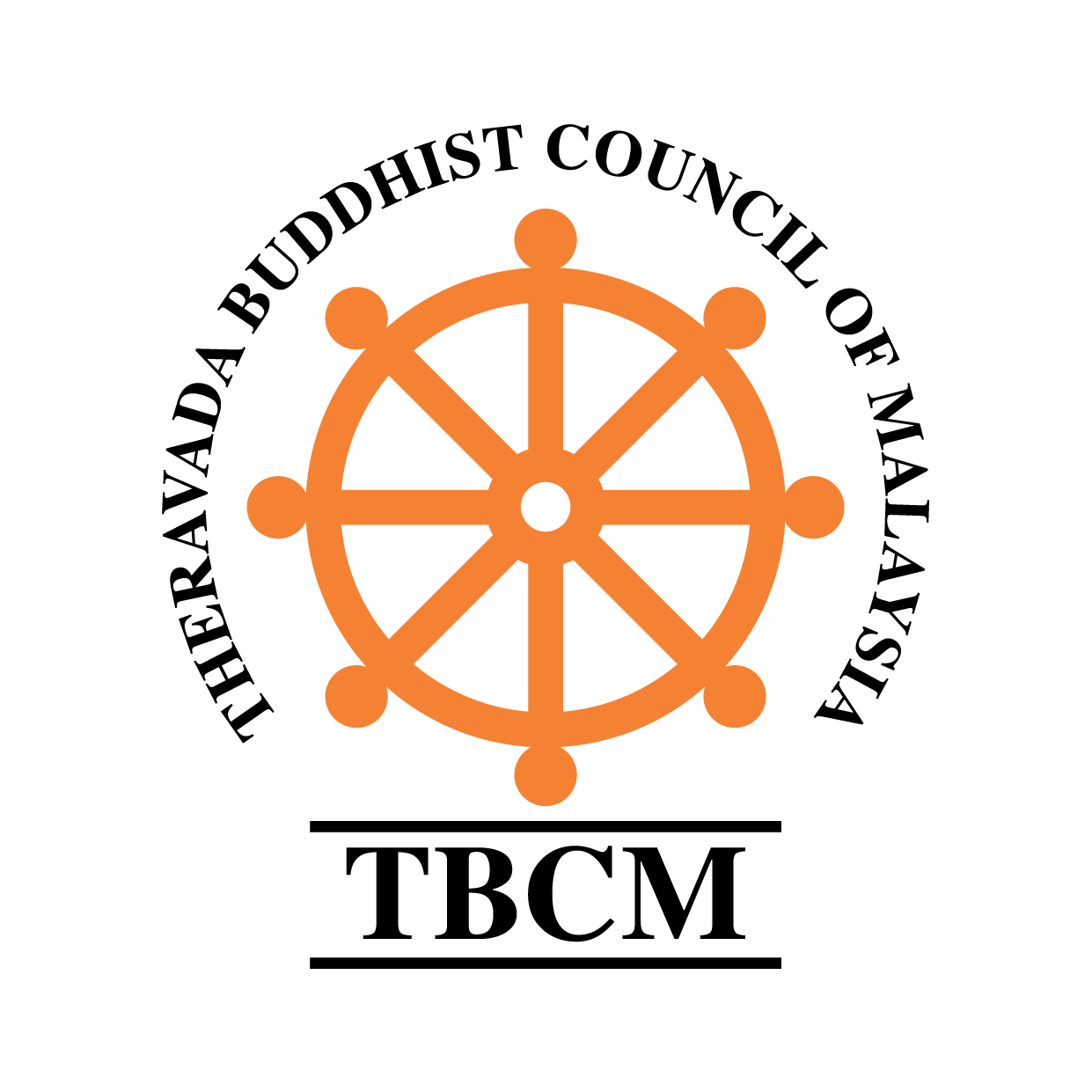History of Buddhism – Pāli Canonical Rehearsals
Rehearsing the Dhamma-vinaya
The Pāli term ‘Sangāyana’ can be translated as rehearsal or communal chanting. The purpose of a Sangāyana is to accurately preserve the original teachings of the Buddha. The reciters’ duty is to rehearse, examine, and review the Canon so that no parts of which are added, omitted or altered, and any such deviations were to be rectified. Throughout history, there had been six such formal occasions where the entire Pāli Canon was rehearsed and authenticated.
The First Rehearsal
Sattapanni Caves, Rājagaha, India543 BCE (Two months after the Buddha’s passing.)Before passing away, the Buddha reminded His disciples that, “the Dhamma and Vinaya(doctrine and discipline) I have set forth and laid down for you shall be your teacher after I am gone…” Thus the Buddha did not appoint a personal successor in His place, but enshrined theDhamma-vinaya as the guiding principle in one’s conduct, practice and quest for liberation.The most senior disciple at the time of Buddha’s passing was the Elder Mahā Kassapa, who presided over Buddha’s cremation ceremony. The Elder was fully aware of the importance of preserving the purity and authenticity of the Dhamma-vinaya. He proposed to the senior erudite monks gathered for the funeral that a Sangāyana be held for the collection and preservation of the Buddha’s pristine teachings.Five hundred monks, all Arahants well-versed in the Dhamma-vinaya and skilful in linguistics, were selected to take part in the first Sangāyana. It took place at Sattapanni Caves just outside the Indian city of Rājagaha, two months after the passing of the Buddha.Elder Mahā Kassapa presided over the meeting as the “chief interrogator”. Two other Arahantspersonally praised by the Buddha as foremost amongst His followers – the Elders Upāli andAnanda – rehearsed the Vinaya and Dhamma respectively before the august assembly. Their recitations were reviewed, approved, and then chanted in unison by the congregation; and thus was the inception of the Tipitaka as we know it today. It took the enlightened assembly several months to conclude that historical rehearsal.
The Second Rehearsal
Vesāli, India5th Century BCE (A century after Buddha’s passing.)A century after the First Rehearsal, the Buddhist fraternity split into two branches – the orthodox and the liberal schools – mainly due to different interpretations of monastic rules. The orthodox school upheld the stricter, traditional interpretation of the rules, while the more reformative liberals allowed for regional variations in their practice. After the division, the orthodox school convened the Second Rehearsal to reaffirm and preserve the ‘original’ Pāli Dhamma-vinaya.
The Third Rehearsal
Patāliputta, India3rd Century BCE (250 years after Buddha’s passing.)The Third Rehearsal was held under the auspices of Asoka the Great, the Mauryan Dynasty’s most famous Buddhist monarch. The purpose of this rehearsal was to reestablish the accurate interpretation of the ‘Buddha-Word’. This Rehearsal had two great impacts on the subsequent development of Buddhism: Firstly, the Abhidhammapitaka was formally recited and incorporated into the Canon. Secondly, at the conclusion of the rehearsal, Emperor Asoka sent several organised missions led by accomplished elders to propagate the ‘Buddha-Word’ beyond India, thus making Buddhism a world religion.
The Fourth Rehearsal
Ālokalena, Sri Lanka1st Century BCE (454 years after Buddha’s passing.)The Fourth Rehearsal was held outside India for the first time. It was a very significant event as the venerable elders then decided to commit the Pāli Canon to writing, or rather, inscribing it onto ola palm leaves. The Buddha-Word was hitherto transmitted orally from generation to generation.
The Fifth Rehearsal
Mandalay, Burma (Myanmar)1871CE (2,415 years after Buddha’s passing.)The Fifth Rehearsal was convened during the reign of devout King Mindon. It was strictly-speaking an entirely Burmese affair participated by more than 2,000 learned monks. In this edition, three highly-venerated ancient Pāli texts – Nettippakarana, Petakopadesa andMilindapañhā - were added to the Canon.
The Sixth Great International Rehearsal
Yangon, Burma (Myanmar)1954-1956 CE (2,500 years after Buddha’s passing.)To commemorate the landmark 2,500th year of the Buddhist Era, a great congregation of erudite monks from all Theravāda countries, where Pāli was the common scriptural language, gathered in then Burma (Myanmar) from 1954–1956 for the Chattha-Sangāyana – the Sixth Rehearsal. This rehearsal began on Wesak Day in 1954 and concluded on Wesak Day in 1956, taking two years to complete. It took place in a specially-constructed hall resembling a large cave. 2,500 erudite Theravādin monks from eight countries participated in this great gathering, making it by far the most international of all rehearsals.The Pāli Canon was once again thoroughly checked against the various scripts and versions available then, with any discrepancies corrected and the entire collection accurately preserved. Thus we are assured of the continuation of the perfect, unadulterated, and most complete teachings of the Buddha.
Good to know!
The tradition of rehearsing the Buddha’s teachings through communal chanting actually began during His lifetime. The Elder Sariputta often led such sessions, as evidenced from the Sangitī Sutta of the Dīghanikāya. The format of later rehearsals thus found their precedent in those early communal recitationsThe Pāli Language does not have a script of its own but it can be written phonetically with various alphabets. In Sri Lanka, Pāli is written with the Sinhalese script; in Thailand, the Thai script is used. Pāli is also written with Burmese, Khmer, Devanāgirī and Roman alphabets, depending on the community.


